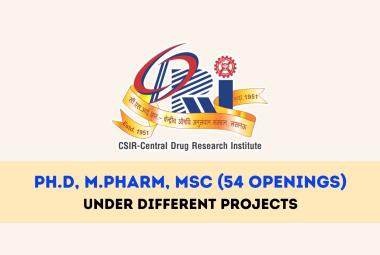AN OVERVIEW TO THE RECENT TRENDS IN NASAL DRUG DELIVERY SYSTEMS
ABOUT AUTHORS:
MHG Dehgan, Satapathy Asis Amitav*
Y.B.Chavan College of Pharmacy,
Dr. Rafiq Zakaria Campus,
Auranagbad-431001 (MS),
*asish.apharma@gmail.com
ABSTRACT
Nasal route for the administration of drugs is used as an alternative route for the systemic availability of drugs restricted to intravenous administration. This is due to the large surface area, porous endothelial membrane, high total blood flow, the avoidance of first-pass metabolism, and ready accessibility. The nasal administration of drugs, including many biotechnological compounds like hormones, vaccines, peptide and protein drugs to give enhanced bioavailability. Many drug delivery methods for nasal availability of liquid, semisolid and solid formulation are investigated to avail the drugs to treat most CNS diseases (i.e., Parkinson’s disease, Alzheimer’s disease, Migraine attack) because it requires rapid and/or specific targeted delivery of drugs to the brain.
In this review we discuss some factors affecting nasal absorption, bio-availability barriers, and strategies to improve nasal absorption, new developments in nasal dosage form design and applications of nasal drug delivery system and the effects of microspheres, liposomes and other bioadhesive drug delivery systems on nasal drug absorption.




 About Authors:
About Authors: About Authors:
About Authors: About Authors:
About Authors: About Authors:
About Authors:







.png)


